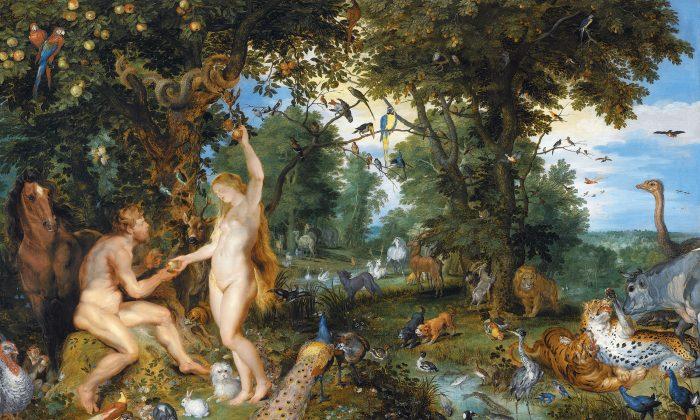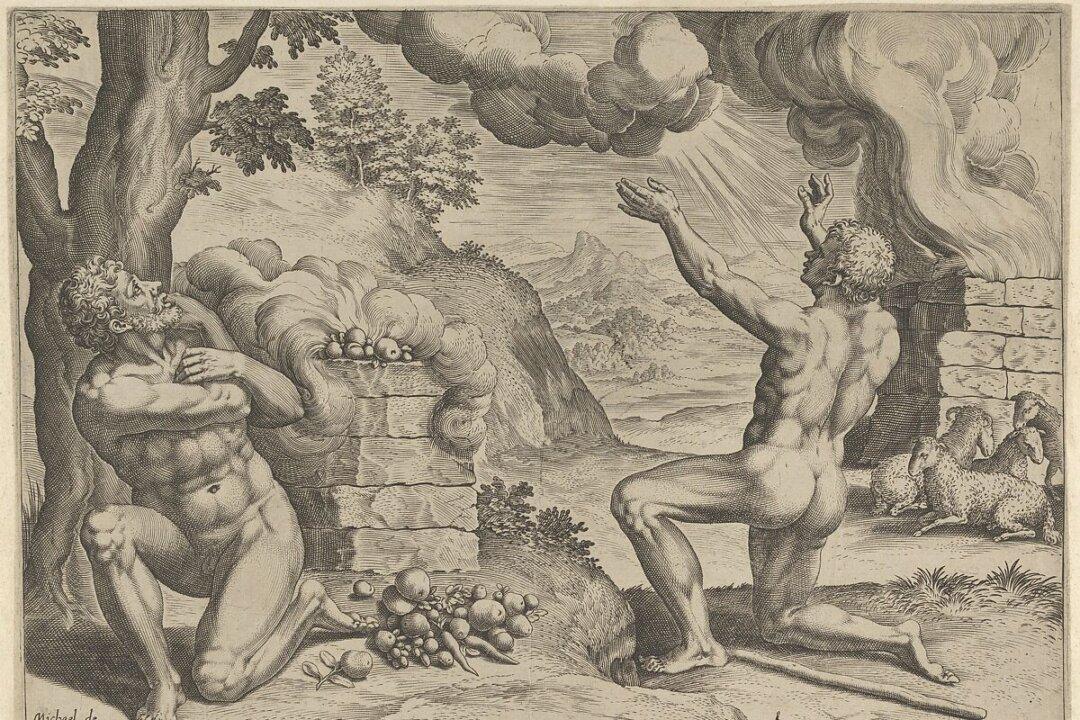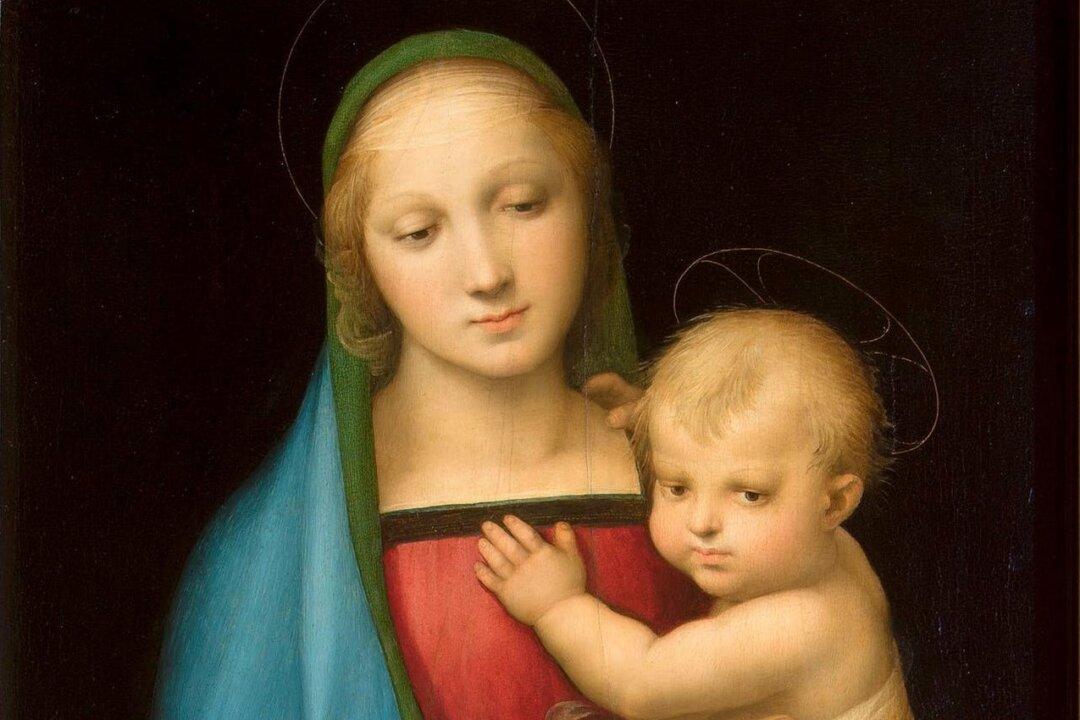What if morality were baked into the heart of the universe and what would that mean for us today?
In the first part of this series “Mythos versus Logos,” we discussed the difference between mythos and logos. Then, in the second part, we went on to discuss how our choosing logos over mythos has led to science infringing upon religion’s domain. In Part 3, we chose to see what a perspective based on mythos could reveal and looked to the first book of the Bible, Genesis, to study how meaning and beauty were created. In the final article in this series, we again look to Genesis but this time at the goodness at the heart of creation.
Keep in mind that the Hebrew word for “good” in Genesis Chapter 1 is “tov,” to which in Part 3 we assigned five possible meanings, with moral goodness being one of these meanings. Quite obviously, the word “good” has a moral dimension to it, as when in common parlance we say things like “be a good boy or girl,” or “he or she is a good person.” When we say these sorts of things, we are invariably referring to moral qualities that manifest in corresponding behaviors.
Thus, when we consider Genesis Chapter 1 (in isolation without reference to the whole book), we get an incredible sense not only of the power and creativity of God, but also of God’s morality. Morality can be found in the structure of the universe itself (of light, first and foremost, and, by extension, the sun and stars), in the living things that grow and increase upon the earth, but most of all in human beings in the context of the whole creation; all being, as God says, “very good.” God’s behavior, if we may call it that, involves creating good things to the point that everything becomes very good.
Existence Is Good

First, existence is preferable to nonexistence. It may seem obvious, but is it? We as humans have been given this incredible opportunity: to be! And, our first response to that has to be gratitude, joy even.
This gratitude means we ought to have a primary loyalty to the universe, to the planet Earth, and to all its other beneficiaries (that is, living creatures) of this goodness including ourselves.
Life Is Good
Second, and following on from the first point, life (that is, animated, and in the human case, sentient existence) is preferable to nonlife, or what we call death. Life is good, indeed, is very good. Anyone, or perhaps more accurately, most people who have come close to death (as I have myself) through peril, disease, accident, and so on, know intuitively that life is good.By life, Genesis 1 does not mean mere listless existence. We note from the vocabulary that the earth “sprouts,” the vegetation “yields seeds,” trees “bear fruit,” waters “teem,” creatures “swarm,” birds “fly,” and then it says “God blessed them.” Later, mankind, too, is blessed. Fertility generates within itself more fertility! There is, in all this, a massive sense of energy, of aliveness: Life is about feeling that aliveness, promoting that aliveness, rejoicing in that aliveness, seeing it for it is, as God sees it, very good.
In this energy of real life, virtually everyone is renewed by exposure to it: the storm of the sea or its tranquility, the birds in the skies, the bees scrambling ferociously over flowers to collect more pollen than even they can carry. This activity everywhere! And how refreshing, to get out of the office or even the home sometimes, to find its restorative powers. Yes, predators are out there; it is not a perfect world, but it is “very good.”
Extrapolating from just reading this one chapter, we can understand that today’s euthanasia movements and their insistence on the right for the state or its agents, or of the individual or their relations, to terminate a life “with dignity” is fundamentally opposed to what God intended. “Dignity,” in this context, is a secular concept that has been taken to specifically oppose itself to the good of creation.
Does dignity mean much anyway? All death is distasteful at a mere minimum. All death involves a loss of control—from intellectual loss of control down to our bowel movements.
To take another example, God never thought that abortion on demand was a good thing—as if killing a living being casually because it’s convenient is all right. Clearly, there are circumstances where that is the only option: to save the mother’s life, for example. But for life that is very good and blessed, how can it be good then to kill an innocent fetus?
Leading a Moral Life Through Order

Third, and finally in this all too short account of the mythic power of Genesis Chapter 1, let’s recall the words of one of the great anthropologists of the 20th century: Claude Lévi-Strauss. In his book “Myth and Meaning,” he observed: “It is, I think, absolutely impossible to conceive of meaning without order. … The common denominator [of all human intellectual undertakings] is always to introduce some kind of order. If this represents a basic need for order in the human mind and since, after all, the human mind is only part of the universe, the need probably exists because there is some order in the universe and the universe is not a chaos.”
The universe is not a chaos! So, it’s not a confused, tangled, disordered darkness. First of all, God created light, and this allows us to see order. Night follows day. And, for example, human beings who wish not toexhaust themselves must rest one day in seven whether they do it for sacred or for secular reasons.
This idea is not limited to the Judeo-Christian tradition. The idea of ordered existence is found everywhere serious thinkers observe the real nature of the world. For example, take the Chinese philosopher Dong Zhongshu (circa 179–104 B.C.): “The vital forces of Heaven and earth join to form a unity, divide to become the yin and yang, separate into the four seasons, and range themselves into the five agents. … In the order of their succession, they give birth to one another, while in a different order they overcome each other. Therefore, in ruling, if one violates this order, there will be chaos, but if one follows it, all will be well governed.”
Dong touches on the subsequent story of Genesis: The Fall of Adam and Eve. Only here, rather than being called Original Sin, it is described as “violating the order,” which leads back to chaos—the primordial darkness. Morality consists in resisting or violating disorder.

Jordan B. Peterson in his book “Beyond Order: 12 More Rules for Life” surely touches on the heart of the matter when he writes about “this hyperreal meta-world that consists of the continual interactions between chaos and order, which eternally serve as the battleground between good and evil.” This battle against the chaos is what, Mr. Peterson notes, characterizes the hero.
Invariably, this entails a moral struggle: to overcome evil or chaos without, and evil or chaos within. For there is an order within our minds as well as in the universe. That order in our minds, that need for order, comes because we are in the image of God and that order reflects the original creation.
What Genesis Chapter 1 makes clear is whether we want the good and moral or whether we want the alternative, the chaos of darkness. Neither is an intellectual choice; it’s a moral one. Ultimately, it involves our will through which we make our choices and live our lives. All men and women are summoned to battle evil and chaos whether they are aware of it or not.








